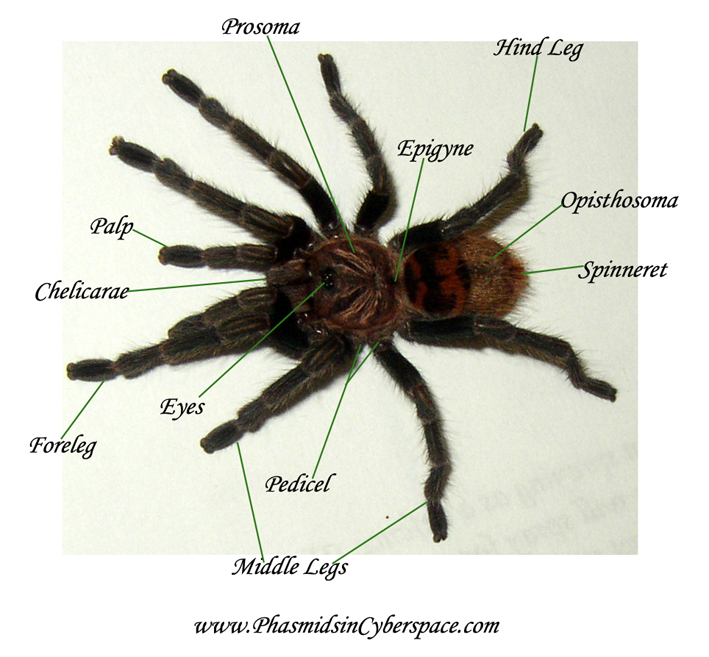Friday, 4 November 2011
Birds
This a migiatory bird
 The Kingfisher is a small and plump with a very short tail but has disproportionately large head and long dagger-like bill.
The Kingfisher is a small and plump with a very short tail but has disproportionately large head and long dagger-like bill.
Their flight is fast and direct and often very low over the water, and so all you see is a bright blue flash as they pass by Kingfishers are small, unmistakable, bright blue and orange birds. They live near slow moving or still water. They fly rapidly, low over water, and hunt fish..
Harike Wetland is among the world's top 10 sanctuaries and has been home to migratory birds for centuries. It is home to rare varieties of avifauna arriving here from different parts of Europe and northern Asia for stay during a major part of the year. During autumn, spring and winter, Harike Pattan turns into a shelter for hundreds of species of birds
egrets were nearly extinct by the beginning of the 20th century. It took a ban on imports and guarding of American nesting colonies to save this bird from this fate. However, the egrets now face extinction once more as the loss of habitat increases due to draining of wetlands.
Egrets lay three to five pale blue eggs in a platform-like nest constructed of sticks. Old nests are repaired and re-used. Egrets feed their young fish, frogs, and snakes. The Great Egret is a magnificent bird watching subject. Its pure white form stands out boldly in any landscape.
 The Kingfisher is a small and plump with a very short tail but has disproportionately large head and long dagger-like bill.
The Kingfisher is a small and plump with a very short tail but has disproportionately large head and long dagger-like bill.Their flight is fast and direct and often very low over the water, and so all you see is a bright blue flash as they pass by Kingfishers are small, unmistakable, bright blue and orange birds. They live near slow moving or still water. They fly rapidly, low over water, and hunt fish..
Wednesday, 2 November 2011
fish spices
It is a snakeheads,are you shock!
The Northern Snakehead is an air breathing, invasive fish species that is spreading throughout the United States. Introduced to United States waters by careless disposal of aquarium pets or by illegal stocking, the Northern Snakehead is a fearsome, top predator. Because of its ferocious predation, the Northern Snakehead is commonly referred to in the media as “Frankenfish” or “Fishzilla”.
The United States Fish and Wildlife Service determined that regulation of all Snakehead species is necessary to protect native wildlife. On October 4, 2002, the entire Snakehead family of fish (Channidae) including those currently recognized, and those that may be described in the future, was added to the injurious wildlife list described under the Lacey Act. Under this Act, it is illegal to import Snakeheads into the United States or transport them across United States lines without permit. Permits for importation or interstate transportation can be obtained from the U.S. Fish and Wildlife Service Division of Management Authority (800-358-2104). Permits are issued for specific uses only, including medical or scientific research and education1. Anglers who catch Northern Snakehead are strongly encouraged to kill them immediately.
Two Department of the Interior (DOI) agencies are responsible for researching and regulating Snakeheads. The first, a research branch of the DOI, is the United States Geological Survey (USGS; http://www.usgs.gov). USGS scientists conducted detailed, worldwide research on Snakeheads that provided the basis for regulating snakehead importation and interstate transport. Research funding was sponsored by another DOI agency, the U.S. Fish and Wildlife Service (FWS; http://www.fws.gov). The U.S Fish and Wildlife Service is responsible for fisheries management, regulations, law enforcement, and education. The mission of the FWS is to work with others to conserve, protect, and enhance fish, wildlife, and plants for the continued benefit of the American people. 2
The United States Fish and Wildlife Service determined that regulation of all Snakehead species is necessary to protect native wildlife. On October 4, 2002, the entire Snakehead family of fish (Channidae) including those currently recognized, and those that may be described in the future, was added to the injurious wildlife list described under the Lacey Act. Under this Act, it is illegal to import Snakeheads into the United States or transport them across United States lines without permit. Permits for importation or interstate transportation can be obtained from the U.S. Fish and Wildlife Service Division of Management Authority (800-358-2104). Permits are issued for specific uses only, including medical or scientific research and education1. Anglers who catch Northern Snakehead are strongly encouraged to kill them immediately.
Two Department of the Interior (DOI) agencies are responsible for researching and regulating Snakeheads. The first, a research branch of the DOI, is the United States Geological Survey (USGS; http://www.usgs.gov). USGS scientists conducted detailed, worldwide research on Snakeheads that provided the basis for regulating snakehead importation and interstate transport. Research funding was sponsored by another DOI agency, the U.S. Fish and Wildlife Service (FWS; http://www.fws.gov). The U.S Fish and Wildlife Service is responsible for fisheries management, regulations, law enforcement, and education. The mission of the FWS is to work with others to conserve, protect, and enhance fish, wildlife, and plants for the continued benefit of the American people. 2
Subscribe to:
Comments (Atom)









_Anatomy.svg/220px-Coccinellidae_(Ladybug)_Anatomy.svg.png)




 Do you know this spider? It i
Do you know this spider? It i s a arachnids.
s a arachnids.

 It is all about snakes
It is all about snakes
